The worldwide release of Apple’s iOS 18 has changed user expectations when it comes to interface personalization. But for the Android world, this presents a particular set of challenges. While Xiaomi HyperOS remains in development as a singular operating system, the recent release of HyperOS 3 has left some power users pondering exactly why there is a lack of granular aesthetic controls. Users updating devices such as the Redmi Note 15 Pro or the new Xiaomi 17 are finding features such as native icon tinting and modular Control Centers to be conspicuous by their absence, compared to other offerings.
The Strategic Architecture of HyperOS 3
The philosophy behind the development of HyperOS 3 differs a lot from traditional smartphone skins, as this operating system is targeted for the middleware layer to support the “Human x Car x Home” ecosystem, rather than being a standalone mobile interface. Such an integration strategy severely limits the flexibility of User Interface. For seamless connectivity with Xiaomi SU7 EV and smart home products, the system takes stability and uniformity as priorities over the open sandbox approach in versions of Android.
The latest builds, such as OS3.0.4.0.WOOMIXM, indicate a focus on backend kernel optimization rather than frontend customization tools. The “stabilization lag” in this area is one of calculated engineering decisions: with these specific UI elements locked, Xiaomi ensures that the Xiaomi HyperConnect framework works reliably across tablets like the Xiaomi Pad 8 and wearable devices like the Xiaomi Band 10, without user modifications breaking the layout consistency required by cross-device communication.
Technical Limitations in Customizing Icons
One sticking point is the comparative lack of native dark icon customization. iOS 18 on-device intelligence analyzes app icons, creating dark variants in real-time. Meanwhile, HyperOS 3.0 has a “white background” technical issue with legacy Android applications.
- The Masking Problem: The system applies a uniform “squircle” mask to all icons. Without advanced AI processing to remove white backgrounds of third-party apps, forcing Dark Mode often results in visual inconsistencies.
- The Super Icon Engine: Xiaomi’s proprietary “Super Icons” use a custom rendering engine that supports swiping gestures. Building in a global tinting feature would involve refactoring this entire framework to provide support for dynamic color overlays, which will likely be included in a future update, like HyperOS 4.0.
Economic Factors and Internet Services
There is also a clear economic motivation for these design decisions beyond mere technical limitations. Xiaomi uses a business model with very thin margins on hardware, requiring much stronger revenue streams from Internet Services. The Theme Store remains vital to this financial arrangement.
Were Xiaomi HyperOS to include a completely native, free “Icon Studio” that’s on par with iOS 26, it would immediately cannibalize any third-party icon pack and theme markets. The current ecosystem relies on a “freemium” incentive structure wherein users are encouraged to visit the Theme Store in order to fix visual inconsistencies in the stock OS. It protects the revenue brought in by the theme designers and maintains high DAU metrics for Xiaomi’s digital marketplace.
Community Solutions and System Enhancements
But while the native system would need to wait for future updates, the community filled the gap with high-quality themes, often labeled as “iOS 26” or “Dark Mode Pro.” These themes utilize static assets to provide the uniform aesthetic the OS is currently lacking.
Future Roadmap: HyperOS 4 and Beyond
Currently, industry analysis indicates that these missing features of customization are being strategically reserved for future hardware cycles. As Android 17 promises to bring deeper AI integration for UI assets, Xiaomi is also likely to be working on some sort of “HyperAI” solution to generate icons. This would explain how the company will position and market this feature as a technological breakthrough for future flagships, such as the Xiaomi 17 series. Until then, the rigidity of the Control Center has a functional rationale: it ensures IoT controls remain front-and-center, bolstering engagement with the broader smart home ecosystem. This approach may limit personalization, but it anchors the operating system in its role as a central command hub within the connected lifestyle.

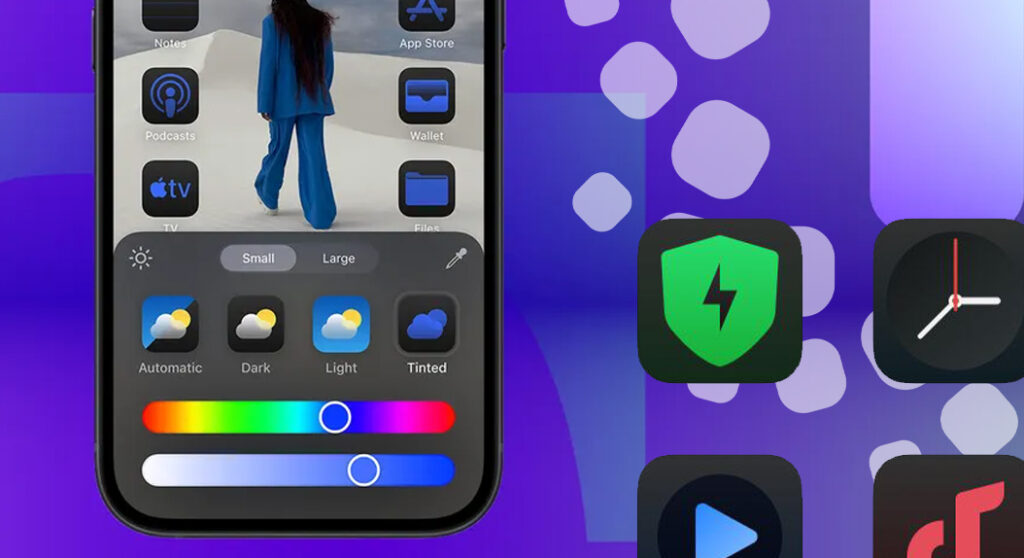
 Emir Bardakçı
Emir Bardakçı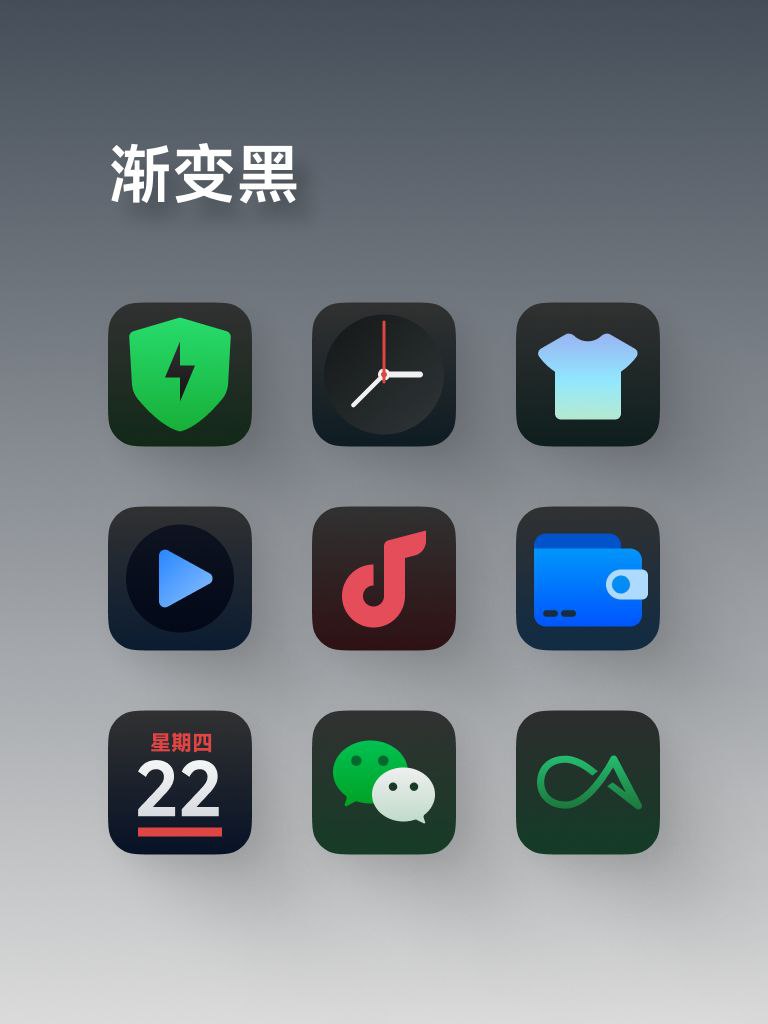
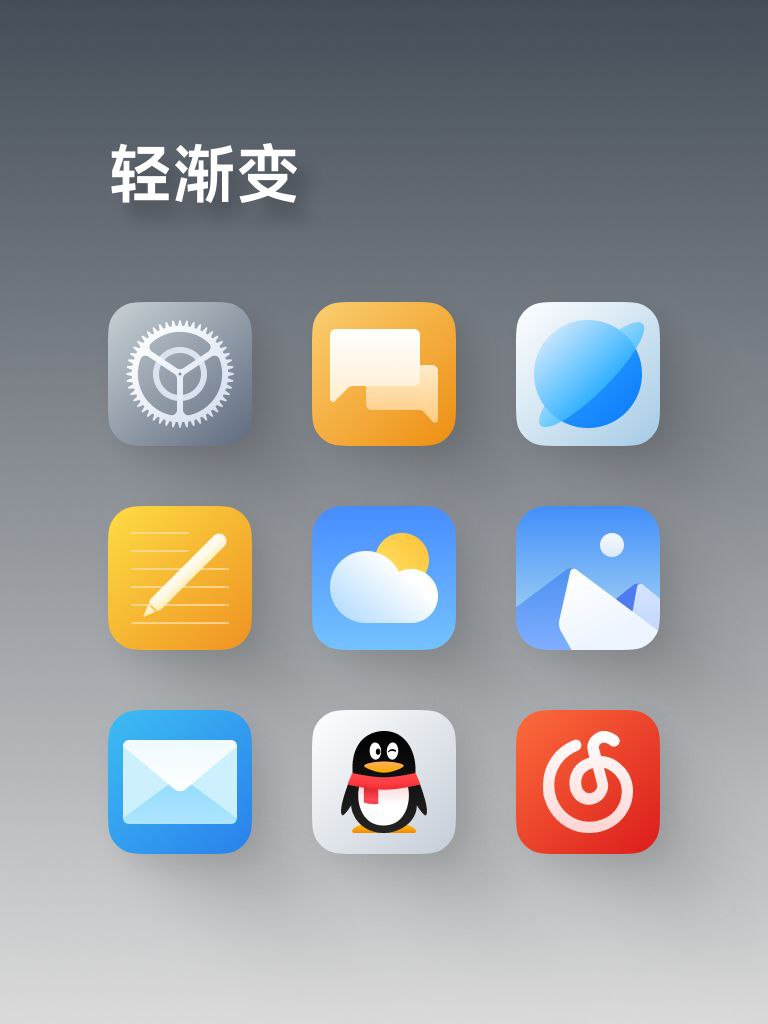
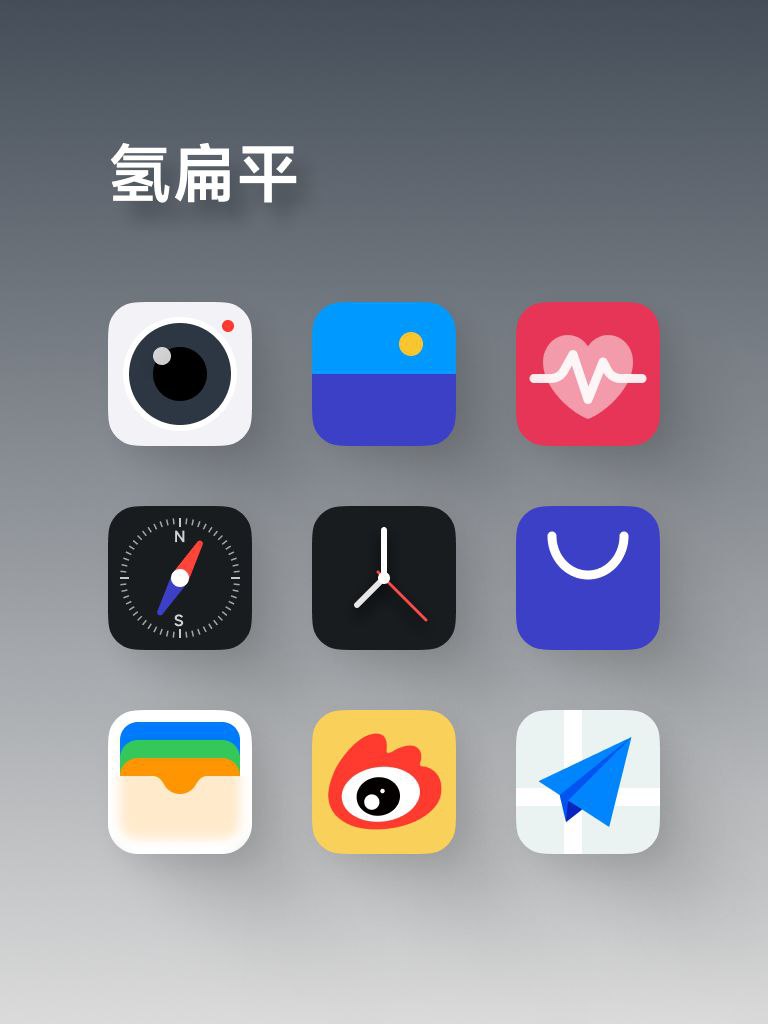
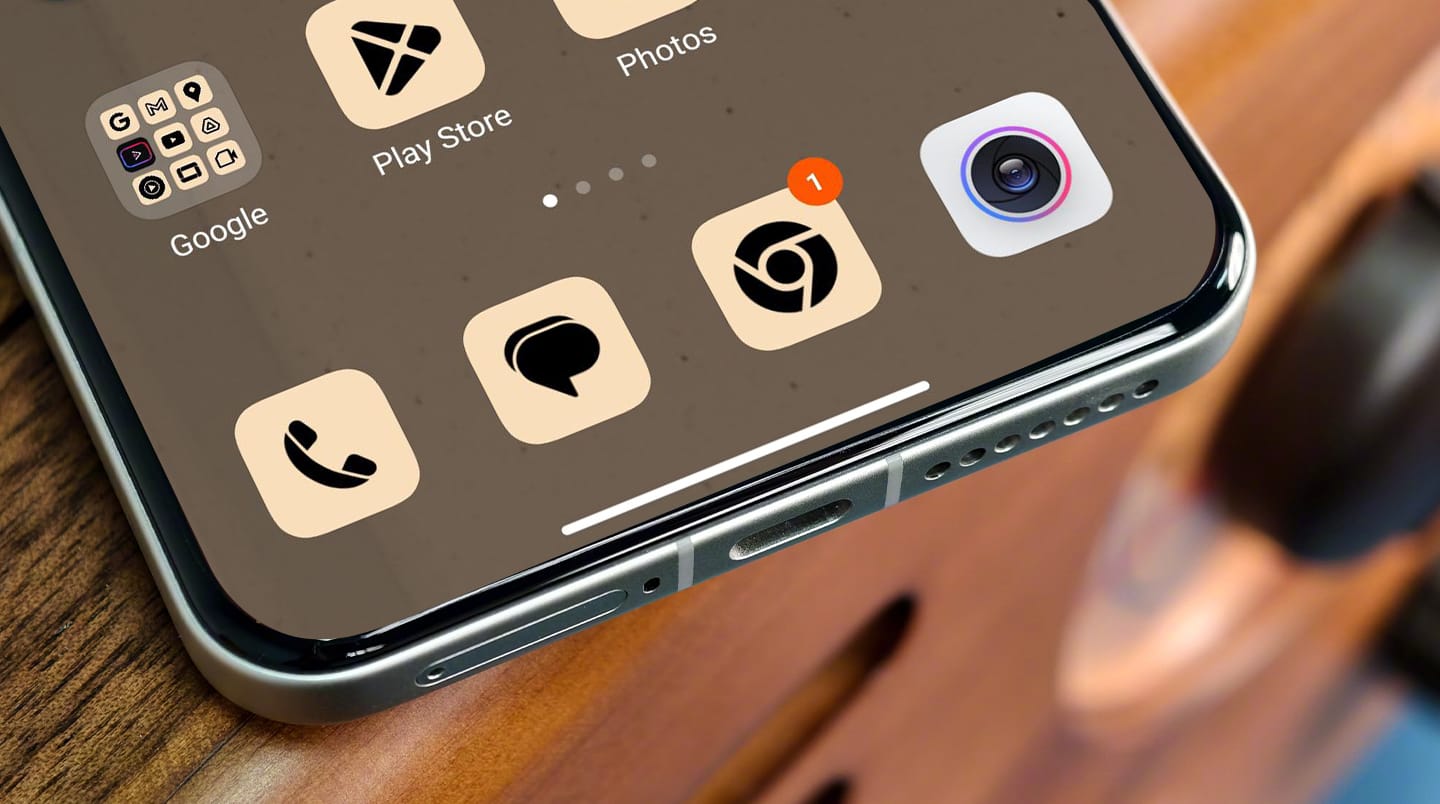

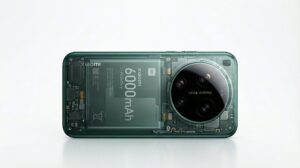

POCO M6 PRO 5G
HYPEROS 3.0 UPDATE 😭